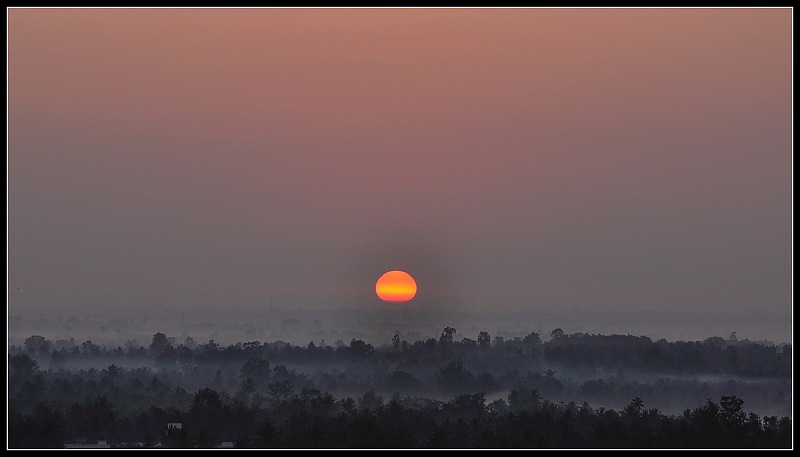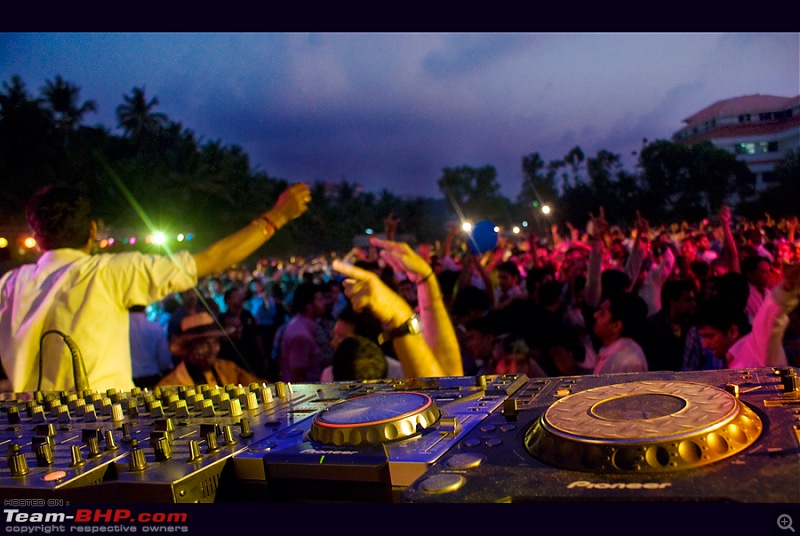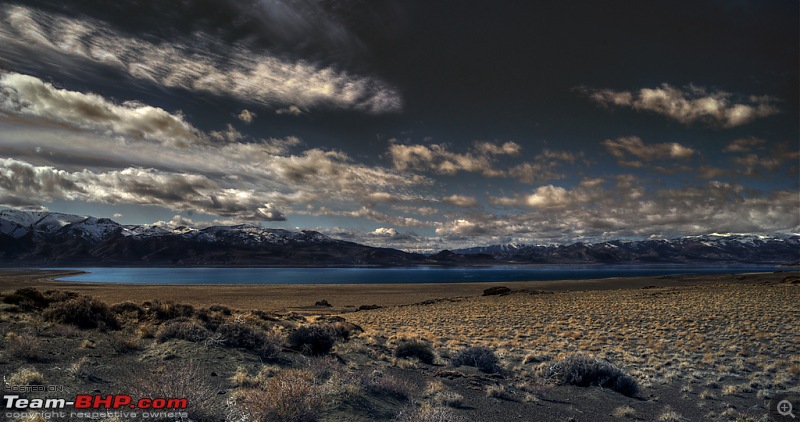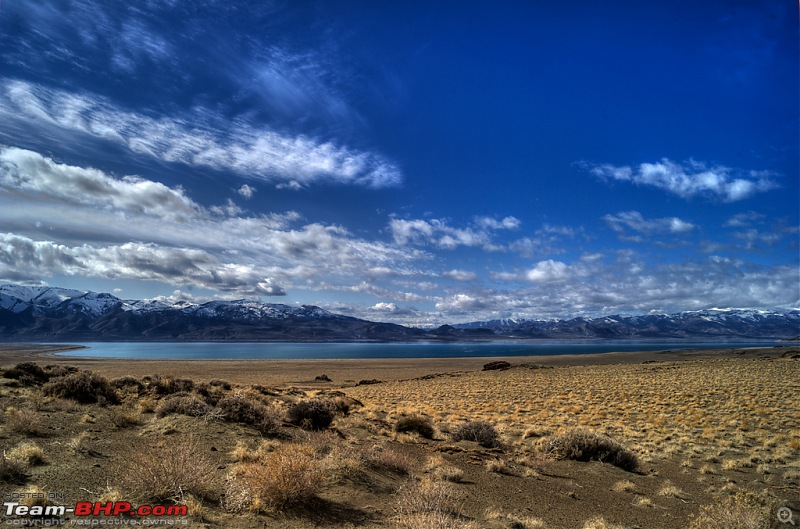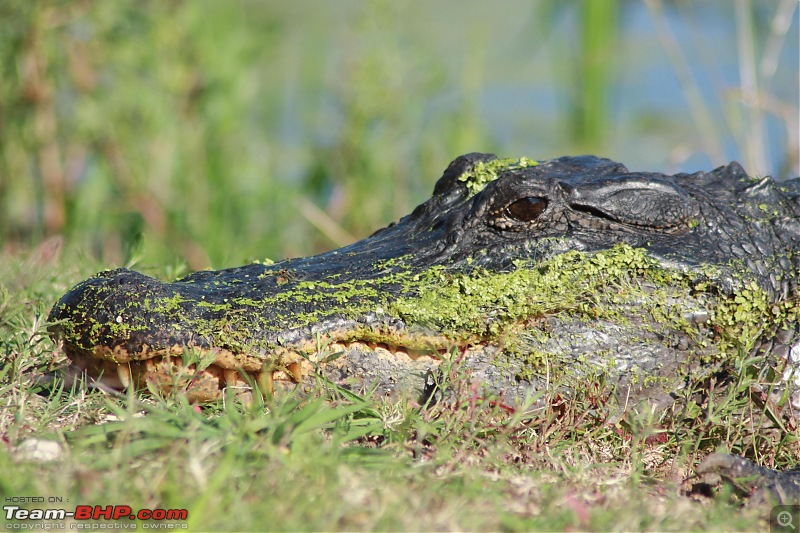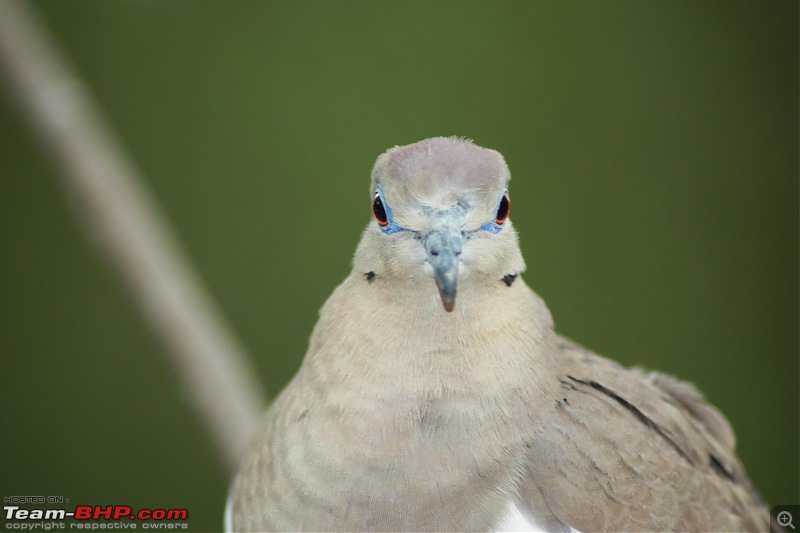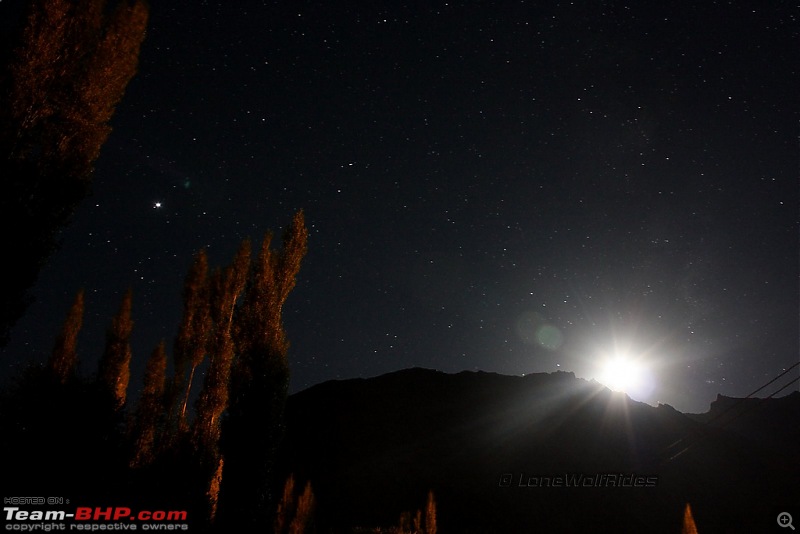Quote:
Originally Posted by HellwratH  I am not sure if spot metering will work here as it will completely blow out the background. The problem will be that the subject is dark and hence the camera will expose for the subject and due to which the sky will be blown. |
It will work, but you need to work the zone system.
Quote:
Originally Posted by clevermax  @Hw, @shaju
I think spot metering will only help you to take two shots one metered for subject and another for sky and later blend 'em. |
Hard to use the multiple-exposure technique on an animal, it will move unless it is a crocodile.

Plus you need the tripod, which may not be safe to use in front of an elephant.
I have hardly seen anybody using spot-metering here. The guy who pushed me into serious photography few years back, told me one thing. If you understand spot metering, you'll understand exposure. And he told me not to buy any dSLR that doesn't support spot-metering. So I did nothing but spot metering for the next 2-3 months. That forced me to understand and exploit the zone system (white,light grey,grey,dark grey & black).
How to spot meter:
1) Switch to spot metering on the camera.
2) Switch the camera to manual. (any other mode will mess up your exposure unless you AE lock it)
3) Look at the target object through the viewfinder and compose your frame.
4) Now is the decision time. Among the area that you want correctly exposed, pick a spot whose zone is very clear to you. Don't pick white or black, but pick among LG,G or DG. Say you picked an area that is light grey.
5) Ignore the original frame. Just point the center dot of the lens on the spot you picked. Now the camera will assume it to be mid tone or grey. But you know it is light grey. So, manipulate the speed and aperture to your taste/style to get a EV value of +1. If the spotted area was grey, pick EV as 0, if the spotted area was dark grey, pick the EV as -1. You get the idea.
6) Now get back to the original frame, and click.
7) Change your metering back to the original setting, don't leave it in spot and forget about it.
The above technique will work well even if you shoot JPEG.







 .
.
